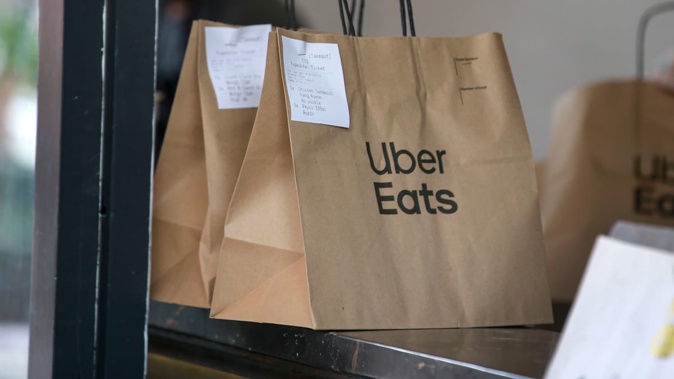
A Glen Eden eatery is drawing attention to the hidden costs of Uber Eats deliveries after receiving just over a quarter of the revenue from $300 worth of orders.
Lixiri’s Kitchen dishes up Vietnamese food to the West Auckland community, operating delivery through Uber Eats, Doordash and Order Meals.
The cafe-restaurant has posted a screenshot to the Glen Eden, Henderson, Sunnyvale and Ōrātia Area Community group, highlighting the costs of corporate food delivery services.
From a week of Uber Eats orders totalling $300, the restaurant got a measly payout of $85.36.
That’s only 28% of the orders’ total value.
Zoe Do, the restaurant’s manager, said Uber Eats does not reduce its commission when applying “Buy 1, Get 1 Free” deals, charging restaurants a service fee based on the total price – despite their reduced profit.

Lixiri's Kitchen made a profit of $85.36 on an order of $300. Photo / Lixiri's Kitchen
“In one case, we were included in a campaign without our consent or knowledge, and we’re still waiting for an explanation from Uber Eats regarding how this occurred.”
In a statement to the NZ Herald, Uber New Zealand said the service’s costs are a choice users agree to.
“Restaurants have full control over their pricing on Uber Eats, reflecting factors like ingredient costs, supply chain pressures and daily operating expenses.”
It says service fees are as low as 6% for pick-up and as high as 30% for delivery.
“These options give restaurants across Aotearoa flexibility and control over what works best for their business.”

Lixiri's Kitchen in Glen Eden is urging people to order directly from their local restaurants.
But Do said the app’s service fees don’t include GST, advertising or promotions – all of which hit small businesses hard.
In order to “offset the platform’s high fees”, Lixiri charges Uber Eats customers slightly more than in-store prices – but nothing above a 15% increase.
“We try to keep the price difference minimal while staying sustainable.”
Uber argues that restaurants benefit from exposure, citing the company’s 2024 Economic Impact Report.
It claims 70% of the app’s customers found new restaurants on the app, with a further 58% going on to dine in person.
However, Do is encouraging customers to go direct to local restaurants.
“We completely understand that life is busy and that delivery apps offer convenience”, she said.
She suggests customers should consider ordering online or through the phone where eateries offer that option.
“This helps you avoid hidden fees and allows us to keep more of the revenue – which goes right back into making better food and service for our community.”
Take your Radio, Podcasts and Music with you









